Product Description
STANDARD FEATURES
| Burning Chamber Capacity | 0.75m with glass observation door |
| Burning Angle | 20 , 45 , 90 (ie 0 ) adjustable |
| Flame Time | 0 ~ 99 minutes 99 seconds can be set |
| After Flame Time | 0 ~ 99 minutes 99 seconds can be set |
| After Glow Time | 0 ~ 99 minutes 99 seconds can be set |
| Burner Dimensions | The inner diameter of the nozzle is 9.50.3mm, the effective length of the nozzle is 10010mm, and there is an air adjustment hole |
| Combustion Gas | LPG gas (Customize) |
| Flame Height | Adjustable from 20mm to 175mm as standard |
| Features | It is also equipped with lighting device, air extraction device, gas flow regulating valve, gas pressure gauge, gas pressure regulating valve, gas flow meter, gas U-shaped pressure gauge and sample fixture |
| Power | AC 220v 50HZ |
The automotive interior parts combustion tester is specially designed for evaluating the burning behavior and flame retardant properties of automotive interior materials (such as seat fabrics, carpets, headliner materials, door panels, instrument panels, etc.) under specific burning conditions. Since automotive interior materials are directly related to the safety of passengers, especially in the case of fire, the combustion performance of interior materials is crucial. Therefore, all countries have established strict standards to regulate the combustion characteristics of automotive interior materials. The automotive interior parts combustion tester evaluates the combustion performance, flame retardancy and safety of combustion products of interior materials by simulating actual fire conditions. The following is a detailed introduction to the automotive interior parts combustion tester:
I. Main Uses
1.Compliance with standards: It is used to implement the standard test requirements for the combustion performance of automotive interior materials in various countries, such as FMVSS 302 in the U.S., ISO 3795 in Europe, and GB 8410 in China.
2.Combustion performance test: Evaluate the combustion behavior of automotive interior materials under specific combustion conditions, including combustion speed, combustion time, flame spread and so on.
3.Flame Retardant Performance Test: Evaluate the flame retardant properties of interior materials, such as self-extinguishing, dripping material, smoke generation, etc.
4.Quality control: used in the production process of automotive interior materials for quality control of raw materials and finished products to ensure that the products meet the combustion performance standards.
5.Certification test: Used in the certification test of automotive interior materials to ensure that they comply with national and industry safety standards.
6.R&D and Improvement: In the R&D stage, it is used to evaluate the combustion performance of new materials and products, and guide product design and improvement.
II. Working Principle
The automotive interior parts combustion tester performs horizontal combustion test or vertical combustion test on the samples by simulating the combustion conditions of automotive interior materials in an actual fire. The specific steps are as follows:
1.Sample preparation: The interior materials to be tested are cut and pre-treated according to the standard requirements, and the sample size varies according to different standards. For example, the GB 8410 standard specifies the sample size as length (3562)mm and width (1001)mm.
2.Fix the sample: Fix the sample horizontally or vertically on the sample holder of the testing machine to ensure that the sample is in the specified position and angle.
3.Ignition: Use the flame of specified size and shape to ignite the sample, the flame height and ignition time vary according to different standards. For example, GB 8410 standard specifies a flame height of 38mm and an ignition time of 15 seconds.
4.Combustion test:
- Horizontal combustion test: fix the sample horizontally and ignite the sample with flame to observe the combustion behavior of the sample, including combustion speed, combustion time and flame spread.
- Vertical combustion test: Fix the sample vertically and ignite the sample with flame to observe the combustion behavior of the sample, including burning time, flame spreading, drippings, etc.
5.Evaluation of results: According to the standard requirements, the burning behavior of the sample is evaluated to determine whether it meets the combustion performance standards. For example, GB 8410 standard stipulates that the burning speed of the sample should be less than or equal to 100mm/min.
III. Areas of application
1.Automobile manufacturing: used for combustion performance testing of automobile interior materials, such as seat fabrics, carpets, roof materials, door panels, instrument panels, etc.
2.Material suppliers: For R&D and production quality control of automotive interior materials to ensure that the products meet the combustion performance standards.
3.Automotive parts suppliers: used for combustion performance testing of automotive interior parts to ensure that they meet the safety standards of the whole vehicle.
4.Scientific research institutions: for the research and development of new materials, new products and combustion performance evaluation.
Precautions
1.Safe operation: the operation process should strictly comply with safety regulations to avoid fire, explosion and other dangerous situations.
2.Sample preparation: the sample should be cut and pre-treated according to the standard requirements to ensure that its size and shape meet the requirements.
3.Environmental conditions: the instrument should be placed in a well-ventilated environment with suitable temperature to avoid environmental factors affecting the test results.
4.Periodic calibration: The instrument should be calibrated periodically to ensure the accuracy of the flame height, temperature and speed measurement results.
5.Personnel training: Operators should be professionally trained and familiar with the operating procedures and safety precautions of the instrument.
Choosing the right model of combustion tester for your needs is a process that requires a number of factors to be considered. Below are detailed steps and recommendations to help you select the right combustion tester for your specific needs:
1. Define test standards and regulatory requirements
-
Determine the applicable standards: First, identify the test standards you need to follow. For example:
Automotive interior materials: FMVSS 302, ISO 3795, GB 8410.
Wire and cable: UL1581, IEC 60332, GB/T 18380.
Building materials: ASTM E119, ISO 834, GB/T 9978.
Foam: UL 94, ISO 9772, GB/T 8333.
Electrical and electronic appliances: IEC 60695 series of standards.
- Confirm mandatory requirements: Ensure that the selected equipment can meet the mandatory regulatory and certification requirements of your industry or region.
2. Determine the test type and method
Depending on your material type and application scenario, determine the specific type of combustion test that needs to be performed:
- Horizontal Combustion Testing: For most flat materials such as automotive interiors, textiles, etc.
- Vertical Combustion Testing: For materials that need to be evaluated for vertically oriented combustion behavior, e.g., wire and cable, plastic sheeting, etc.
- Oxygen Index Test (LOI): Used to determine the minimum oxygen concentration of a material in a mixture of oxygen and nitrogen to assess its flame retardant properties.
- Scorch Wire Test: Used to evaluate the heat resistance and flame retardancy of materials under the action of a high temperature scorch wire.
- Needle Flame Test: Used to simulate the effect of a small flame on a material to assess its flame retardancy.
- Smoke Density Test: Used to measure the density of smoke produced during combustion of a material to assess its smoke generation characteristics.
Suggestion: Selecting equipment that supports multiple test methods increases the versatility and flexibility of the equipment.
3. Consider sample size and type
- Sample size: Depending on the size of your material, choose equipment that can accommodate the appropriate sample. For example, automotive interior materials are typically smaller, while construction materials may be larger.
- Sample type: Different equipment handles samples in different ways, so make sure the equipment you choose is capable of handling your material type (e.g., solid, liquid, foam, etc.).
4. Evaluate the technical parameters of the equipment
- Temperature control accuracy: Ensure that the equipment can accurately control the flame temperature and the sample surface temperature, the accuracy is usually required to reach 1 .
- Flame characteristics: according to the test standards, to confirm that the equipment can provide the required flame height, ignition time and gas type.
- Degree of automation: Fully automated equipment reduces human error and improves testing efficiency, but is more expensive. Semi-automatic or manual equipment is less expensive but requires more manual labor.
- Data Processing Capability: Built-in data processing and analyzing software can automatically generate test reports and improve work efficiency.
- Safety devices: Multiple safety protection devices (e.g. flame monitors, overheat protectors, emergency stop buttons, etc.) are key to ensuring safe operation.
5. Budget and Cost Considerations
- Equipment price: According to your budget, choose the cost-effective equipment. Basic models are less expensive but have limited functionality; versatile high-end models are more expensive but offer more comprehensive testing capabilities.
- Total Cost: In addition to the price of the equipment itself, consider the additional costs of transportation, installation, commissioning, training, etc.
- Maintenance and calibration: Understand the maintenance requirements and calibration cycle of the equipment, choose equipment that is easy to maintain and calibrate, and confirm whether the supplier provides relevant after-sales service.
6. Supplier selection
- Brand reputation: Choose a brand with good reputation and rich experience to ensure the quality and reliability of the equipment.
- After-sales service: Choose a supplier that provides comprehensive after-sales service, including warranty, technical support, maintenance and calibration services.
- Customer evaluation: Check the evaluation and feedback from other users to understand the actual use of the equipment and the service quality of the supplier.
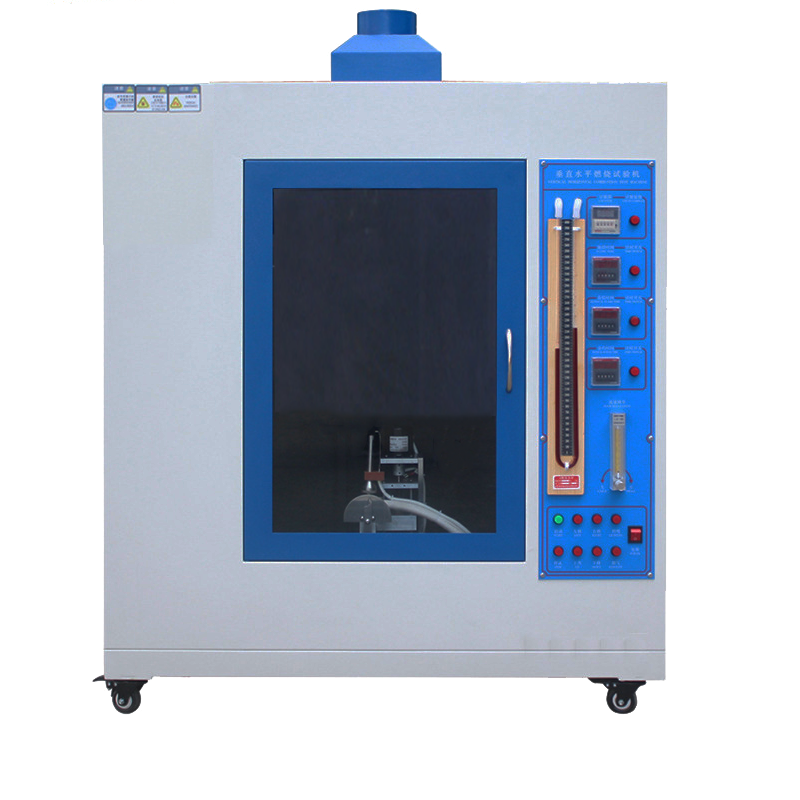




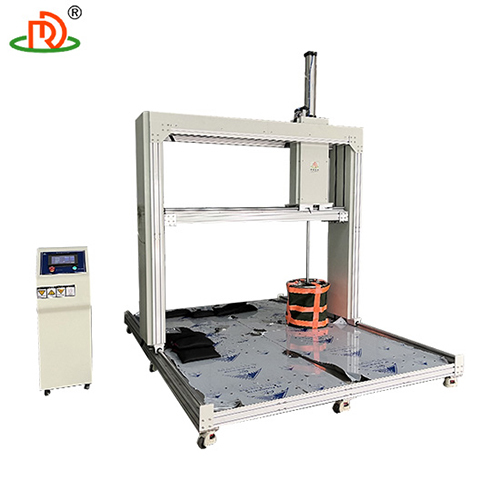
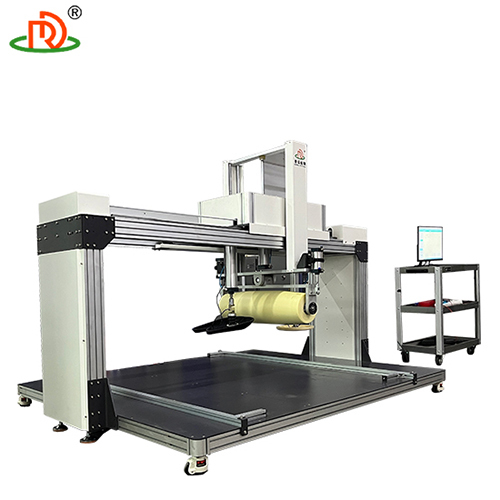
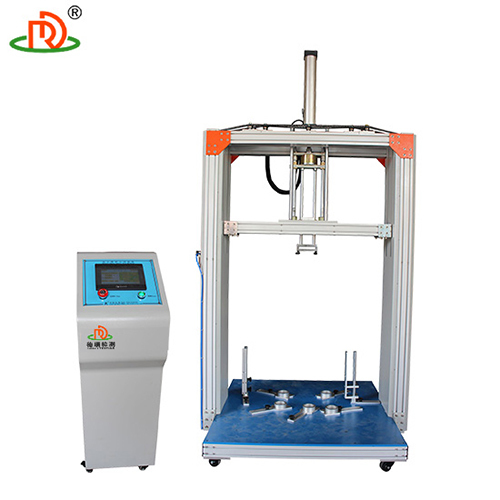
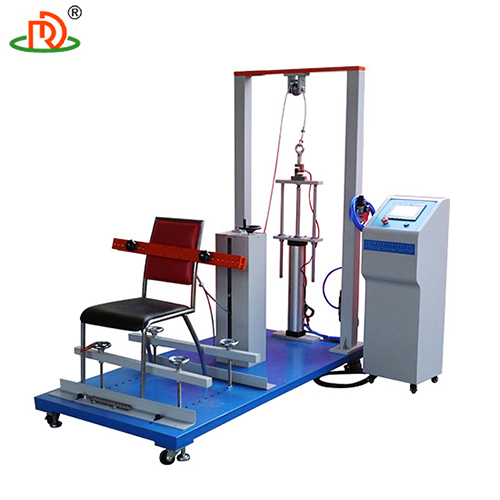

 English
English Spanish
Spanish French
French German
German Italian
Italian Chinese (Simplified)
Chinese (Simplified) Japanese
Japanese Korean
Korean Arabic
Arabic Portuguese
Portuguese